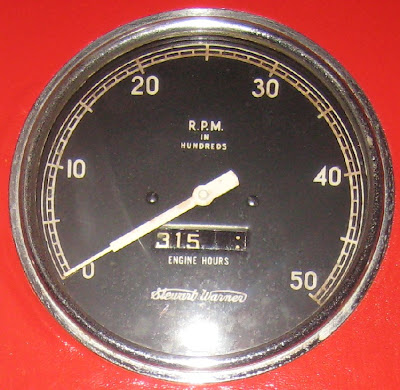
The vinyl was sprayed a bright red, and several of the front bottom cushions are torn. One of the rear seat bottom cushions was replaced after being lost by the previous owner and the color does not match the sprayed original pieces.
When we purchased the boat, the linoleum flooring had been removed. New flooring was purchased but not installed. The spray job on the interior was done nicely and everything is evenly covered. Finding a larger area for color matching was difficult. We were only able to find a small area on the back of the instrument panel that was protected from the sun and not sprayed. So a small piece was cut off and sent to A&A Marine for matching.

We just got color samples for both projects and will be choosing the closest colors and grain as possible. Soon, we will have a new interior to store while woodwork is completed.

We just got color samples for both projects and will be choosing the closest colors and grain as possible. Soon, we will have a new interior to store while woodwork is completed.


























